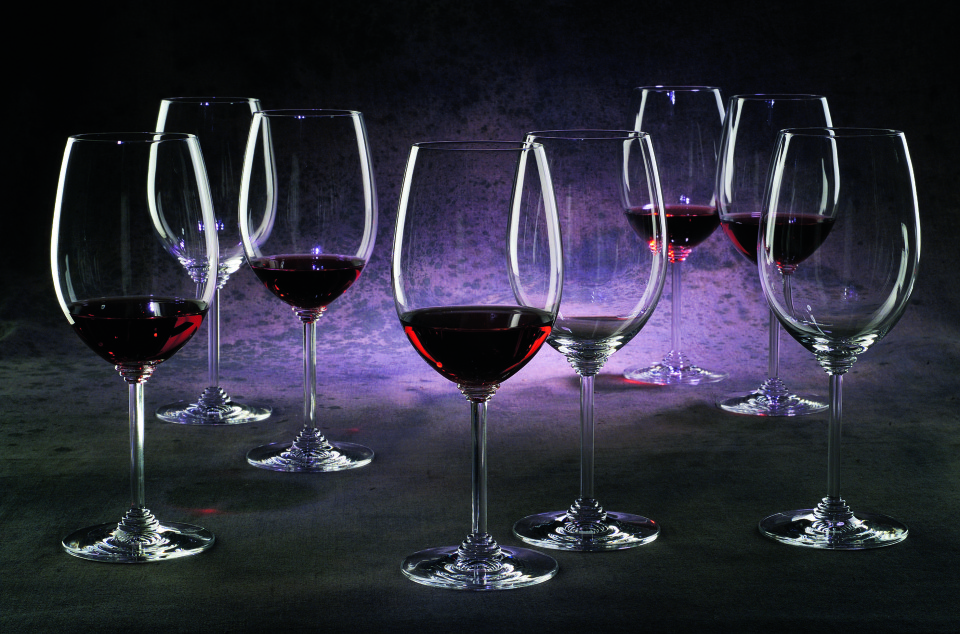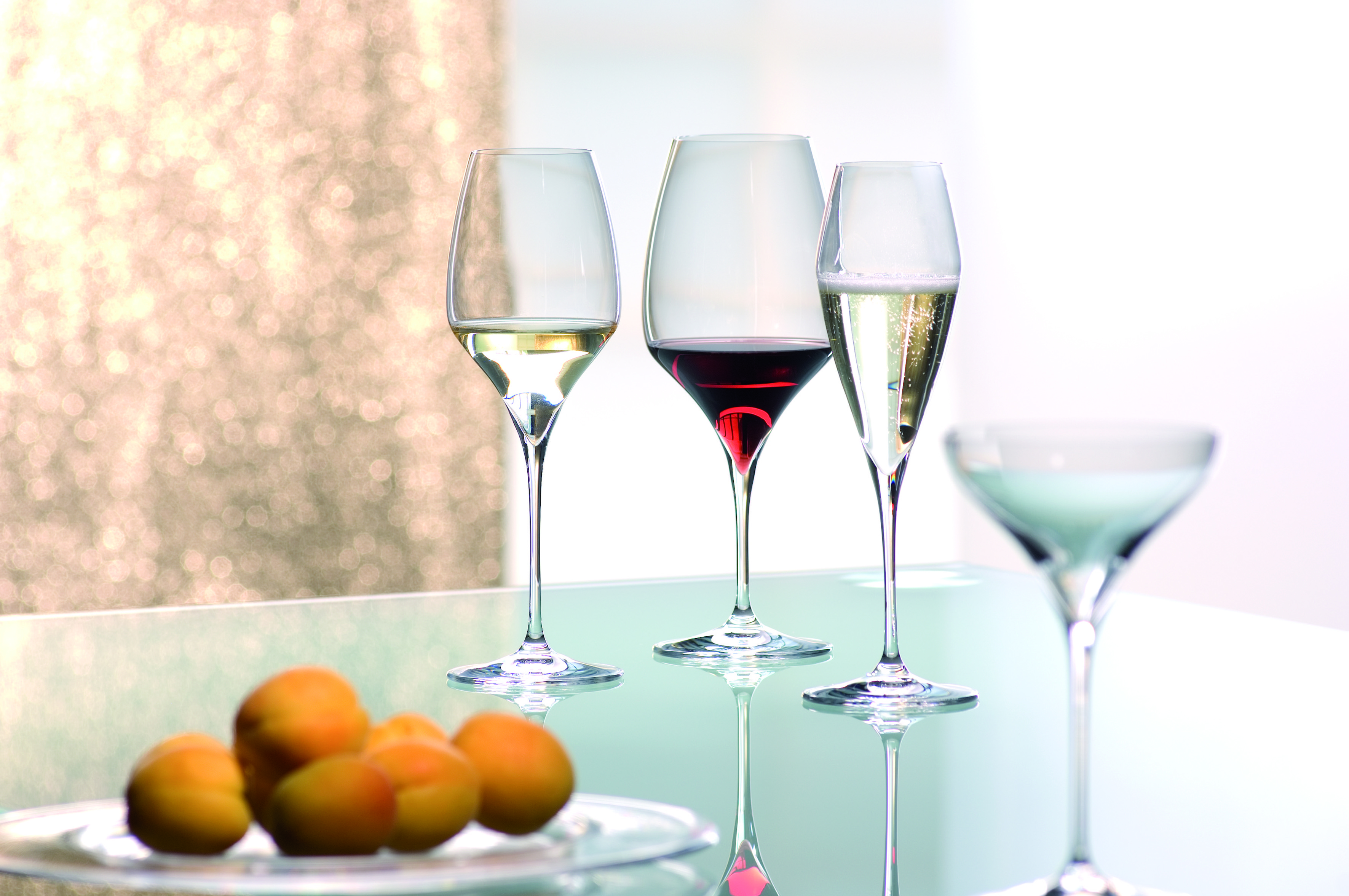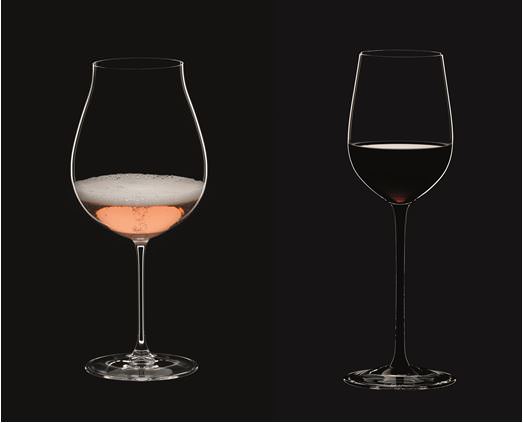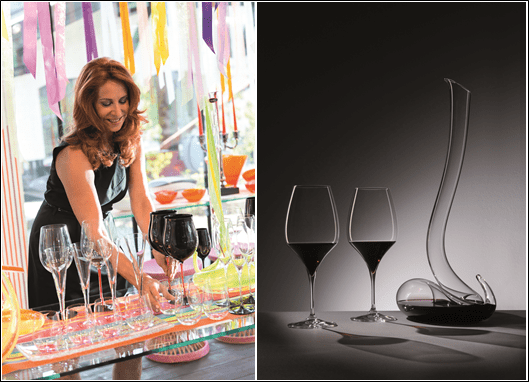Through a glass, lightly
Shape, colour, size does matter – when it comes to the glass in which you quaff your wine. Some stemware lessons from a Riedel masterclass in Bangalore
Recently, I was part of the Riedel masterclass conducted by vice-president and business head for Asia, Russia and the Baltic countries Alexander Zorin, for the Bangalore Wine Club. His tasting session had a single focus – to demonstrate why it was necessary to utilize different styles of glasses for different types wines and grapes. We did a whole lot of swirling and pouring from one glass to another, sniffing and sipping to ultimately agree with what he was saying. Yes, a good glass does make a difference to the wine you’re drinking.
Riedel, a historic Austrian family-run business, makes an enormous range of glasses, created through stringent testing and research which involves designers, wine producers, critics and the regular wine lover. Their glasses, leaded and unleaded crystal, encompass a wide range of shapes, sizes and prices, all ranging from the sublime to the ridiculous. Herewith the true melding of science with the art of fine wine appreciation.
Without going into too much technical detail, here are some simple learnings gleaned from my interview, the masterclass and the very merry sit-down dinner that followed at Bene, the Sheraton Grand Bengaluru’s Italian restaurant.
Got a grape? Pick a shape
A wine glass has three components which make a difference – the shape and size of the bowl (which holds the wine), the rim diameter and its thinness. “Content dictates shape of glass,” intoned Zorin, explaining how the same wine, when poured into different glasses takes on different flavour profiles. A large bowl with a narrow thin-lipped rim works best for tannic reds with moderate acidity, as the liquid, when you tilt your head back to take a sip, is directed to the centre of the tongue, emphasizing the fruit component while balancing tannin and acidity. This also holds true for full-bodied whites with moderate acidity. A curved, fluted rim is better for lighter fruitier white wines with high acidity, as the thinner, narrower rim guides the liquid to the tip of the tongue, emphasizing the fruit component and toning the acidity.
Magic? It certainly feels that way, though it’s really simple science.
The cheap generic stumpy wine glass so beloved of cut-price caterers usually features a rolled rim (take a dekko the next time you see one). This rim inhibits the smooth flow of the wine onto your tongue and accentuates acidity. Ergo, an otherwise balanced wine might end up tasting blah.
Finally, 3 elements comprise the ‘design’ element of a wine glass – the bowl, the stem and its length and the width of the base. Of the 3, the latter two are design or architecture elements. The first is all-important to the taste of the wine.
Which glass for me?
What if you don’t have the space or the resources (read moolah) or inclination to spend on 20 different glasses? Zorin is clear: one size doesn’t really fit all. “There’s no versatile glass,” Zorin says firmly. If you want to taste your wine at its best, invest in a specific glass which will do it justice.
But what if you had to pick just one glass, for the aforementioned reasons? Research by experts points to the Riedel Ouverture Magnum as the best workhorse glass. Not the prettiest, but the one which cuts across types and ranges to offer best results. Its shorter stem and large, rounded bowl (8 5/8 oz), along with a perfectly cut thin-lipped rim more or less works for reds and whites of all types. Not being long-stemmed, it also fits most shelves and is less fragile at time of washing. Ergo, most bang for your buck.
Decant, decant, decant
I’m a big fan of decanting wine. Air can be wine’s worst enemy, but in a decanter it is its best friend. Decant older wines to help separate any sediment which might have collected. Decant younger wines to facilitate contact with air which will help open up aromas, smoothen tannins and mellow down brash young wines. An hour or two is good (depending on the wine), but more will also work. Try it and see. Pour half your favourite red into a decanter and leave half in the bottle. Taste both after an hour or so. Eureka. (more…)





